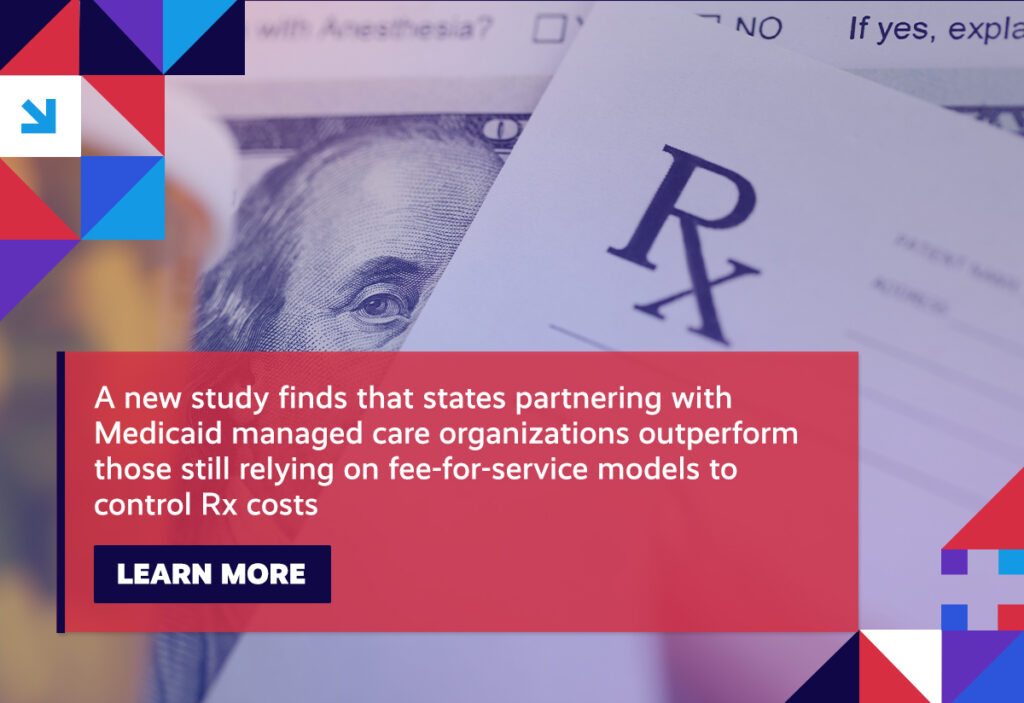Stakeholders continue to urge for full implementation of consumer surprise medical billing protections; a new report seeks to clarify the relationship between PBMs and drug prices; studies link rising costs and low-value to care delivered by hospital-employed physicians; and, a focus on value-based care improves outcomes and reduces costs.
We encourage you to stay involved as implementation efforts surrounding healthcare reform progress. Visit the Health Action Network and be sure to let us know what’s on your mind.
Item of the Week

Week in Review
Surprise Medical Billing: As recently covered, stakeholders continue to line up in support of the new surprise medical billing law that went into effect at the beginning of the year. That law, the “No Surprises Act,” protects consumers from the surprise medical bills that often result when they receive care in emergency settings or from specialists – such as, radiologists or anesthesiologists – who, despite working at facilities that are a part of the consumers’ insurance network, choose to remain out-of-network. The law is currently being challenged in the courts by opponents upset over the provision governing how disputed charges are to be worked out, specifically, through the use of the median in-network negotiated rate for a given service. With the fate of that provision hanging in the balance, employer groups have come together to voice their support of full implementation of the law, explaining that failure to do so would negatively impact employers, consumers, and families.

CBO Report: With so much attention being paid to rising drug prices, it’s understandable that a lot of energy is also being spent on identifying who’s to blame. As highlighted in last week’s Health Action Network newsletter, though, it’s been pointed out that placing that blame on pharmacy benefit managers (PBMs) is intellectually dishonest and only distracts from the fact that there’s really only one player in the pharmaceutical supply chain who’s responsible for drug prices – namely, manufacturers. A new report from the Congressional Budget Office (CBO) would seem to agree. That analysis took a look at prescription drug price and utilization trends and, not only reaffirmed the value of PBMs, but confirmed that drug companies’ pricing tactics are the root cause of rising drug costs. According to the research, between 2009 and 2018, the average price per drug in the Medicare Part D prescription drug program decreased from $57 to $50, which CBO attributed to beneficiaries’ increased use of lower-cost options as incentivized by PBMs. The report goes on to make the case for why competition is so important in the drug market before noting the important role that PBMs play in advocating for more competition in order “to negotiate for lower prices.”
Care Delivery: According to the results of a new study, healthcare costs go up and the value of care delivered goes down when physician practices are acquired by hospitals. That study, published in Health Affairs, found a sharp increase in the number of diagnostic and lab tests performed in unaffiliated facilities after having been absorbed by a larger hospital or health system. The uptick in tests led to inflated healthcare costs, as well as the increased likelihood of physicians ordering unnecessary or inappropriate tests, such as costly MRIs. The analysis only serves to draw further attention to the worrying trend that’s seen the number of doctors working in private practices drop 5 percent between 2018 and 2020, with less than half of all physicians now practicing independently. This integration has been linked to higher healthcare costs, with emerging evidence suggesting that hospital acquisition of physicians could also lead to low-value care.
Value-Based Design: A recent panel discussion focused on how prioritizing value-based patient outcomes will continue to reshape our evolving healthcare delivery model. In particular, the conversation centered around reimbursement strategies and how their utilization can improve patient care and reduce costs. This shift away from volume of services and towards an emphasis on better patient outcomes has already found traction with health insurers, who have been leveraging their scope and data analytics to inform benefit and reimbursement design. In addition to highlighting the role that insurers are playing in helping to bring about this change, the panel also talked about the importance of aligning all the principal components of our healthcare delivery model to ensure a patient-centric approach with an eye on achieving quality outcomes.
Spotlight

| You can keep up with the latest by following the Health Action Network on Twitter and by liking us on Facebook. And, be sure to check us out on LinkedIn, too. As always, let us know if there’s something you’d like to see covered in a future newsletter. |
